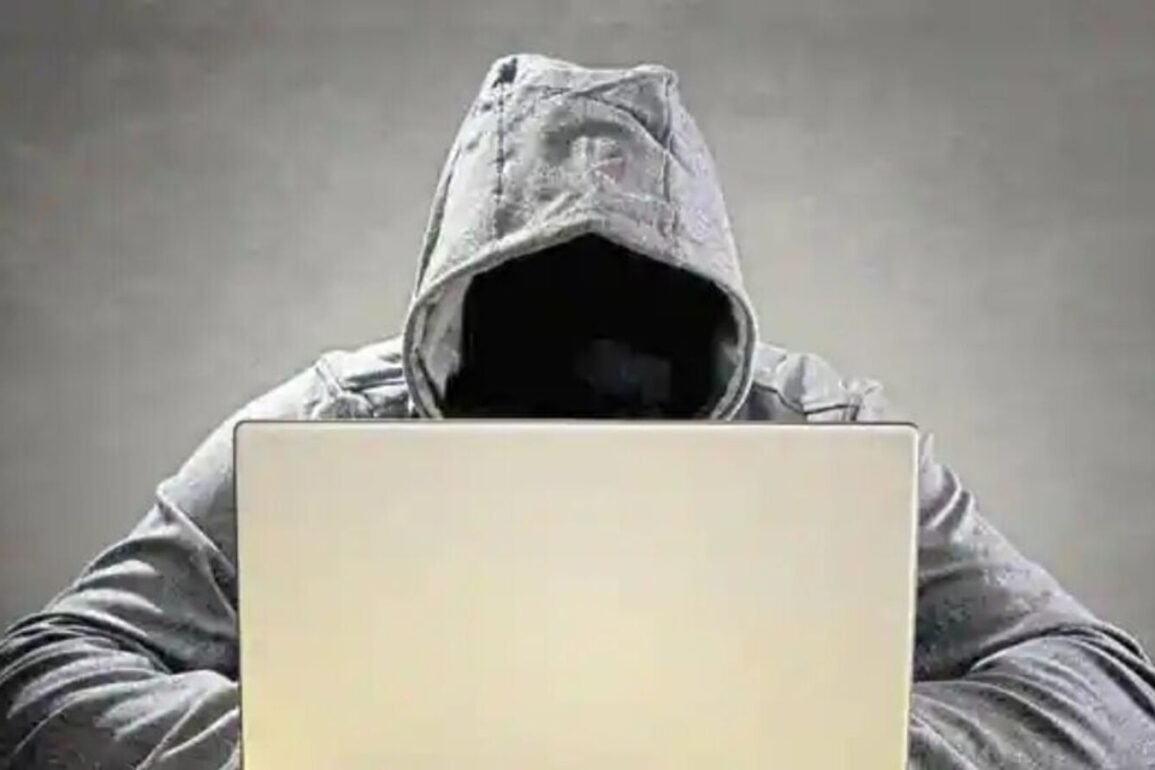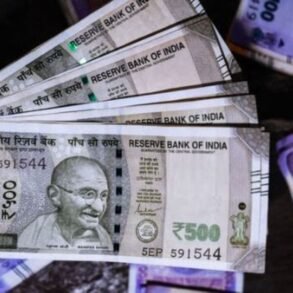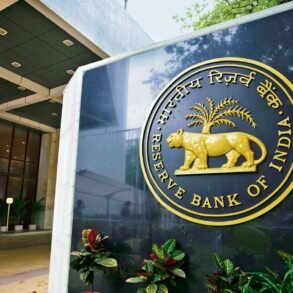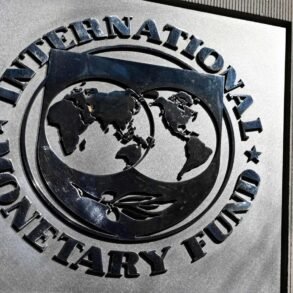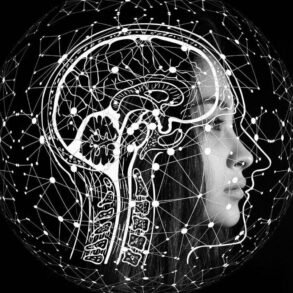Deepfake Technology Adds Hurdles to an Already Complex World
Recently from our sources, an apparently fabricated video featuring cricket superstar Sachin Tendulkar surfaced on the Internet. Despite being clearly digitally manipulated, it drew attention to how increasingly convincing and prevalent such “deepfake” videos are becoming.
Accidental Stardom in False Videos
Many other notable individuals have also become the subjects of unsolicited deepfakes, including cricketer Virat Kohli, internationally renowned actor Shah Rukh Khan, esteemed journalist Ravish Kumar, and tech mogul N.R. Narayana Murthy. This phenomenon is not new, but with the increasing sophistication of generative AI, creating highly realistic deepfakes is becoming easier.
Implications for Society and Democracy
The primary concern surrounding the rise of deepfakes pertains to their potential societal impact. Their potential abuse in political campaigns or geopolitical discord is significant, especially with more than half the world’s population participating in elections this year. This proliferation of deepfakes could severely impact the democratic process.
Regulatory Responses to the Deepfake Threat
Various global powers have begun formulating solutions. In India, for instance, the Ministry of Electronics and Information Technology plans to introduce regulations requiring social media platforms to detect and remove fake videos before they spread. However, restricting the distribution of misinformation alone is insufficient.
Progress in technology is making it continuously easier to generate convincing deepfakes. The challenge is to address the source of the problem: the generation of these deepfakes.
The Evolution of Trust in Visual Media
Historically, photographs were considered Orwellian truth, but as editing technology improved, trust has diminished. Darkroom techniques allowed for creative distortion of reality, and with accessible software like Photoshop, basically, nothing is off limits anymore.
Today, we’re much more skeptical when presented with potentially manipulated images, recognizing signs like artifacts and hazy borders. Likely, the same skepticism will extend to video content, requiring viewers to question the veracity of even the most compelling clips.
Defining the Liar’s Dividend in the Modern Era
The greatest worry is what happens next. Once people start doubting all video content, any incriminating footage can be dismissed as another deepfake. This situation, which law scholars Bobby Chesney and Danielle Citron call the “Liar’s Dividend,” illustrates the point when evidence becomes so easily falsifiable that nothing serves as legitimate proof of wrongdoing anymore. At that point, we’ll face even more profound challenges.




